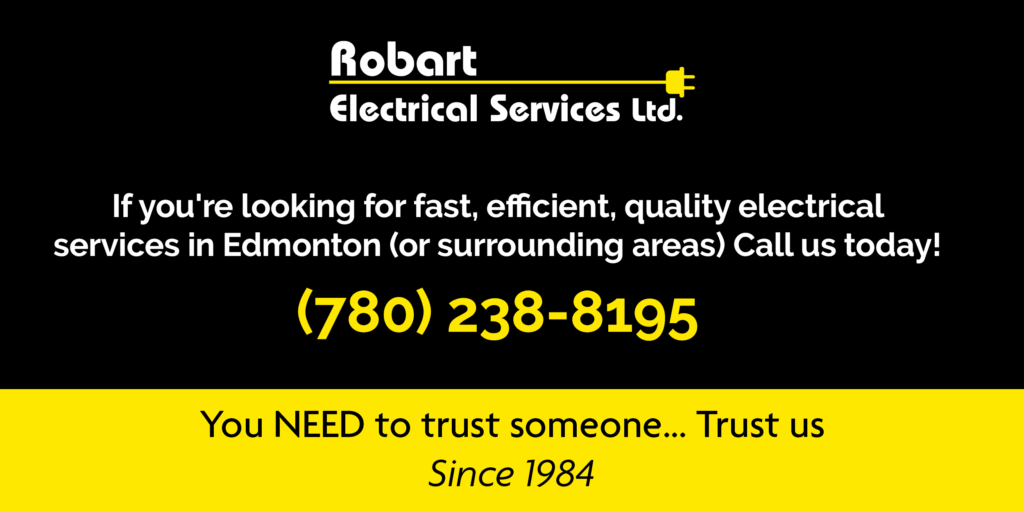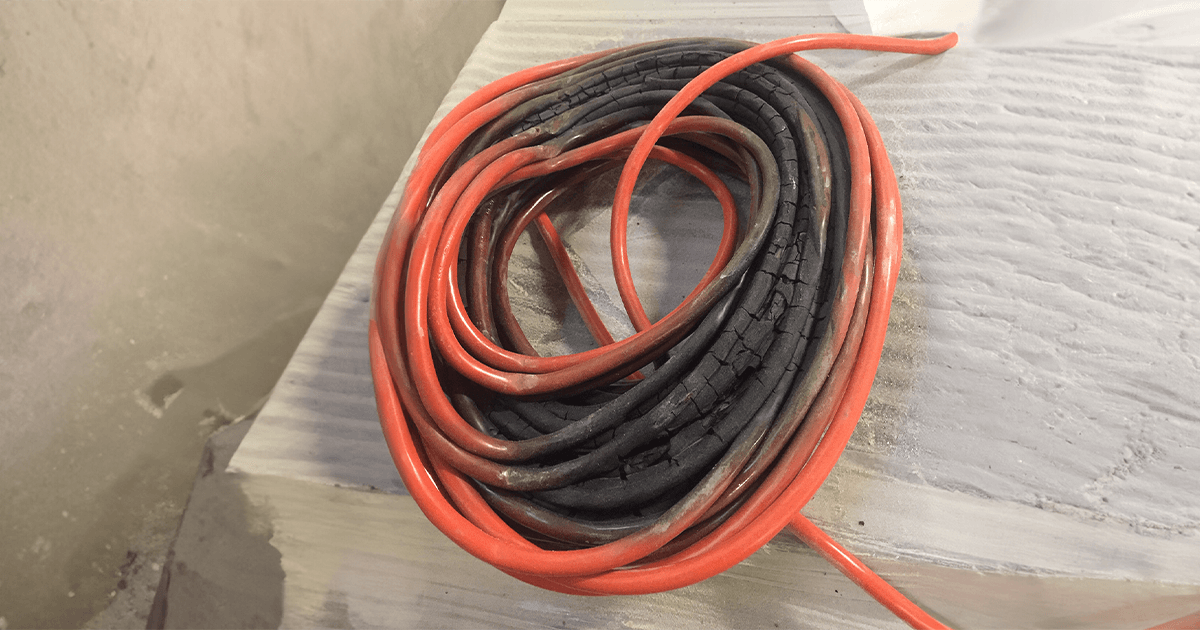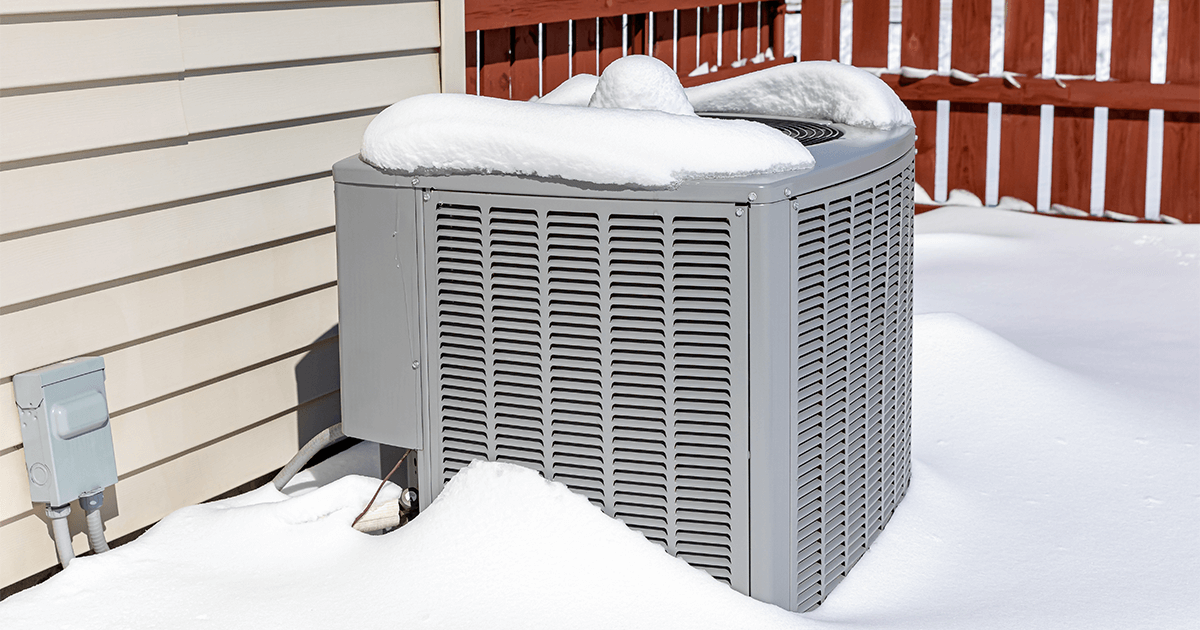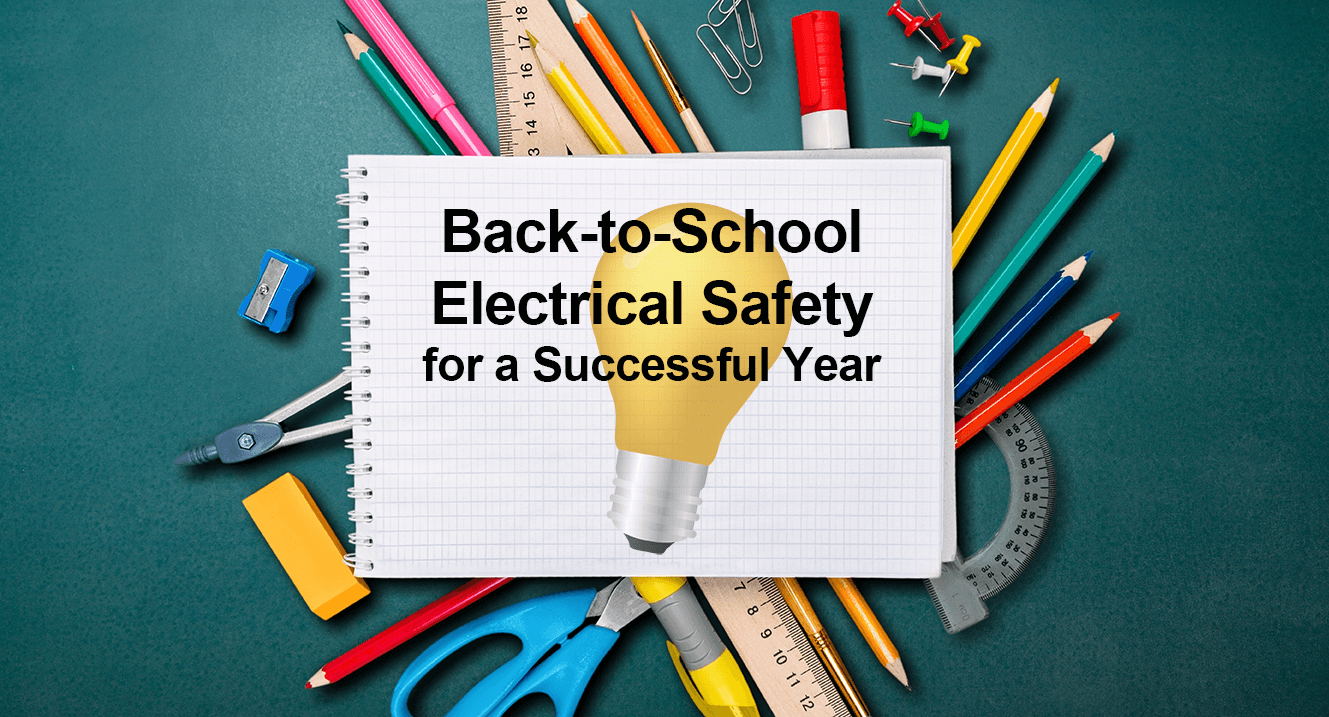It looks like spring may finally be here and with that, we start thinking about doing yard work. Today’s modern lawn and garden tools are powered by either 120 volt or battery power. On the outside of most homes, we normally find a 120-volt plug-in that we use for this purpose. Your biggest concern in this situation should be whether the 120-volt outlet has a Ground Fault Circuit Interrupter (GFI).
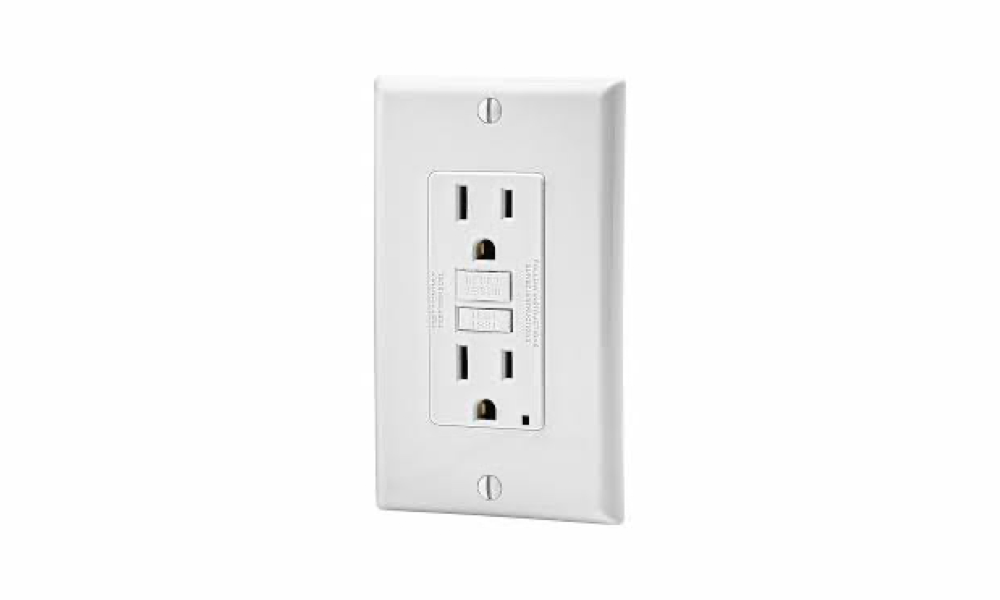
A GFI is an Electrical Device that Protects Against Electrocution
An example of it would be the receptacle normally found in bathrooms with the test and reset button. GFI’s are installed to protect users in wet or damp locations. In the early morning or after rain, the ground is moist and creates perfect conditions for problems.
Another concern while working on the outside of your home is the extension cords. Extension cords come in a variety of lengths, wire sizes, and protective coatings. The length is easy to determine; how far do you have to go from the receptacle to your work area. Cords come in a variety of lengths, for example, 6′ to 100′. Determining the wire size to use gets a little more complicated. The inexpensive extension cords are usually 16 or 18 AWG (American wire gauge) which is the size of the copper conductors. A cord of this size is designed for shorter lengths and smaller tools like weed eaters. These are made to provide the small power demands of most yard equipment.
Next, we move up to 14 or 12 gauge AWG. (Please note, the smaller the number, the larger the wire). Number 12 wire is rated by the Canadian electrical code to handle the larger demands, (20) amps. Also, as you get into longer extension cords, you experience what is called voltage drop, which is the loss or reduction of voltage due to the length and resistance of the wire. The longer the extension cord, the larger the wire you need to maintain the proper voltage at the female end of the cord. If you’re using 100′ extension cords, I would purchase at least #14 AWG, but #12 is best for durability.
Finally, the outer jacket is the protective coating for the conductors. When working outside, you’ll experience lots of different situations and protecting the power conductors is important. When choosing an extension cord, I advise you to pay a little extra and get a cord that is oil and water-resistant. The covering is thicker and has more ridges than the indoor extension cords. The male and female ends of the cord are usually sealed making them watertight. It should also be temperature-rated. You can get extension cords that stay pliable in extreme cold weather, so they say. I have bought these cords for our job sites and have determined that the extreme temperature they refer to may be extreme for California but not the great white north. Don’t expect these temperature-rated cords to be really flexible at -20 degrees.
A Note of Caution
Even though you get the extension cords with thicker coatings to protect against water, oil and temperature, never keep your extension cord rolled up like this when you’re using it on items that draw a lot of power. The cords self-destruct.
